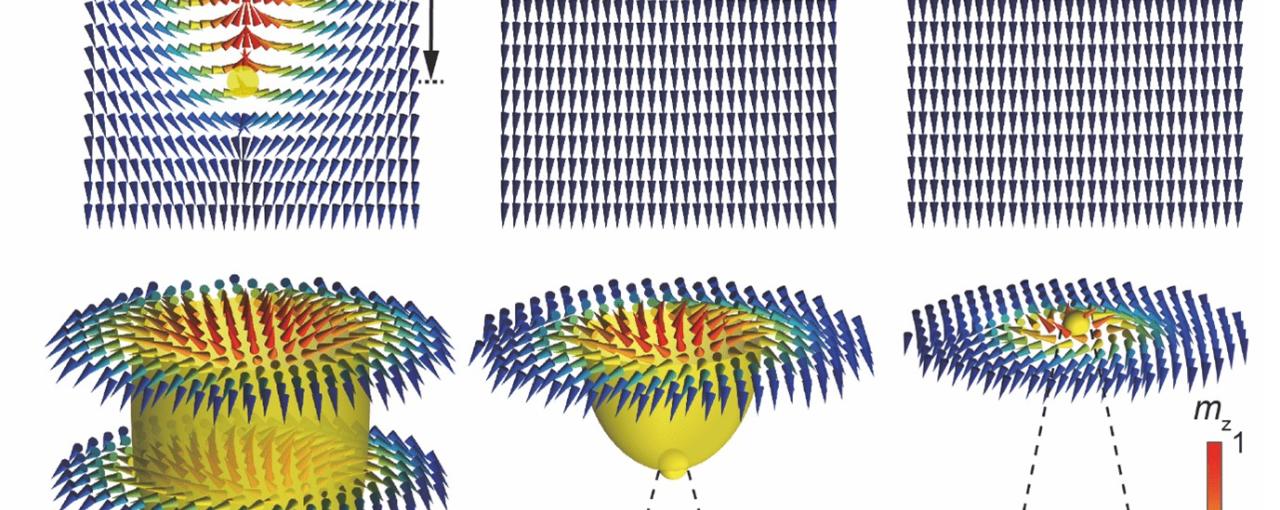In the ever-evolving landscape of data storage, researchers are constantly seeking innovative ways to increase storage density and improve efficiency.
One promising avenue of exploration is the use of magnetic skyrmion strings, a type of topologically stable spin configuration in magnetic materials. These magnetic structures have garnered significant attention in recent years due to their potential as information carriers in magnetic memory devices. A team of researchers from the School of Physical Science and Technology at ShanghaiTech University with colleagues from RIKEN Research Centre, Nanjing University, the Institute of Physics of the Chinese Academy of Sciences, Diamond Light Source and the University of Oxford/RCaH have made remarkable strides. The ground-breaking research of the team, led by Professor Shilei Zhang, Professor Thorsten Hesjedal (Oxford/RCaH), and Professor Gerrit van der Laan (Diamond Light Source), has pushed the boundaries of magnetic skyrmion string research.
Their recently published study in the journal Nano Letters, demonstrates the ability to fold and unfold these magnetic skyrmion strings in higher dimensions. Magnetic monopoles and skyrmion strings are defects, which arise from spontaneous symmetry breaking, and have been found to interrupt long-range order in various systems. Understanding the intricate folding and unfolding process of these topological structures is key to unlocking their full potential for information storage. Utilising a special magnetic material system and the technique of soft X-ray magnetic scattering to directly observe and analyse the various stages of the folding process, the team was able to witness the actual folding and unfolding of the skyrmion string into a topological singularity and back to its original structure.
This finding is ground-breaking. It reveals that magnetic skyrmions can be folded into a structure similar to a magnetic monopole, significantly reducing their footprint. This opens up new possibilities for compact data storage using topological magnetic structures. By folding the three-dimensional topological spin configuration of magnetic skyrmion strings into a zero-dimensional singularity, information can now be stored in an infinitesimal space within a material.
The implications of this research are vast. Compact data storage is a critical need in today's digital world, and the ability to store information in an extremely small space opens up new opportunities for the development of smaller, faster, and more efficient memory devices.
Related publication:
Evolution of Emergent Monopoles into Magnetic Skyrmion Strings
Nano Letters (2023),
DOI: 10.1021/acs.nanolett.3c01117
Haonan Jin, Wancong Tan, Yizhou Liu, Kejing Ran, Raymond Fan, Yanyan Shangguan, Yao Guang, Gerrit van der Laan, Thorsten Hesjedal, Jinsheng Wen, Guoqiang Yu, and Shilei Zhang,





